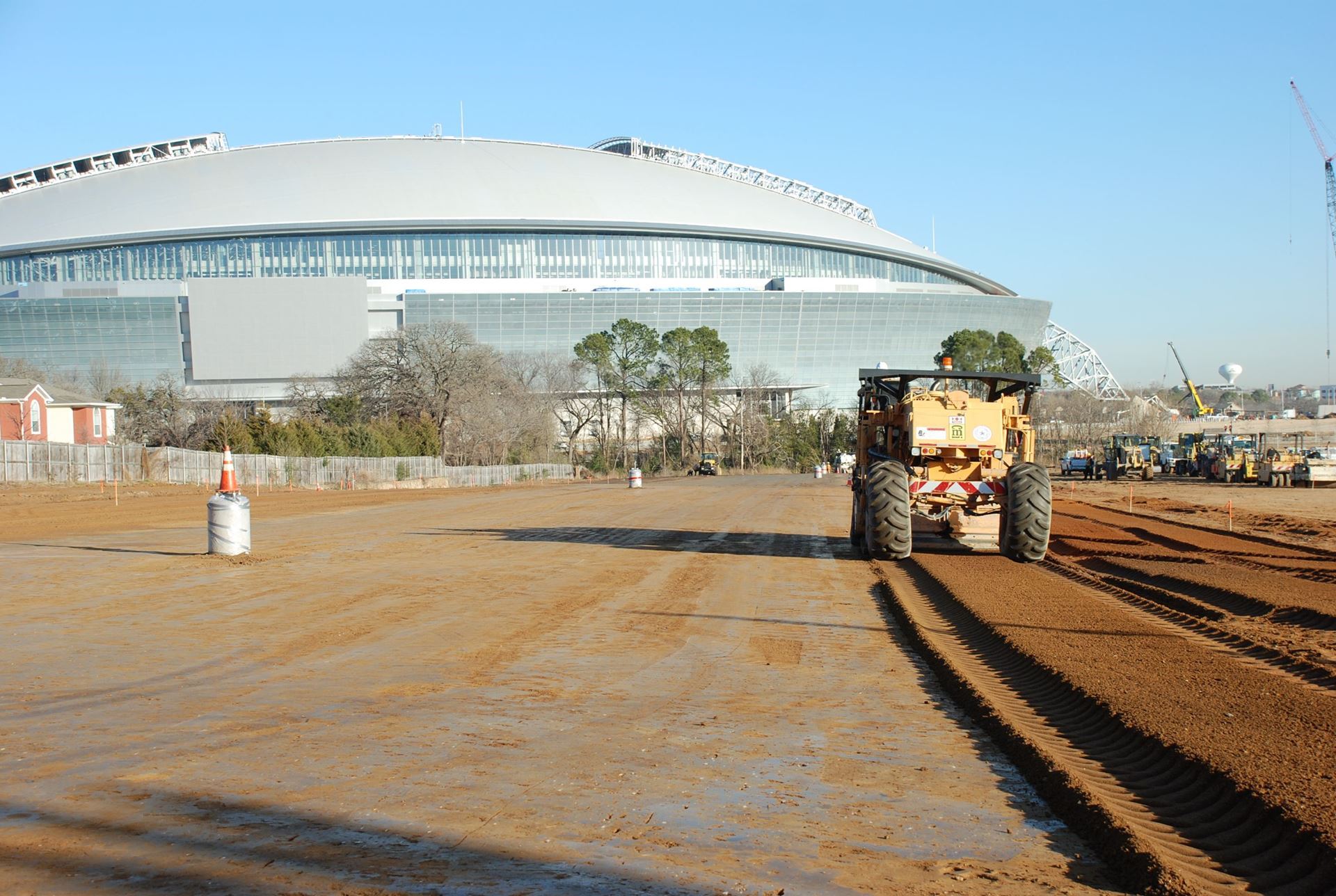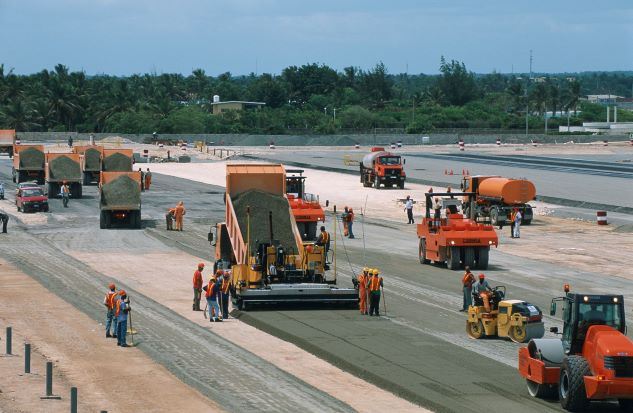4:00 PM (1.0 PDH)
 Cement Modification and Stabilization of Soils
Cement Modification and Stabilization of Soils
Presented by Mr. Greg Halsted with Portland Cement Association
ABSTRACT: Cement-Modified Soil (CMS) and Cement-Stabilized Subgrade (CSS) soils are two types of soil-cement pavement and foundation applications. Both CMS and CSS improve the physical properties of native in situ soils, and both help extend the life of a pavement or foundation by providing uniform support via a durable, stable, and typically non-expansive subgrade. CMS treats soils with a relatively small proportion of Portland cement to provide a stable working platform by reducing the plasticity and shrink/swell potential of unstable, highly plastic, wet, or expansive soils and increasing their bearing capacity. CSS not only provides all the benefits of CMS, but also substantially increases soil stiffness and strength to the point where the treatment provides structural benefits to pavements and foundations. This presentation covers both the physical and chemical mechanisms involved in CMS and CSS soil processes, describes the characteristics, uses, and benefits of CMS and CSS, and presents methods for geotechnical evaluation, field sampling, mixture design, construction considerations, and field inspection and testing that will produce a satisfactory project.
5:00 PM (1.0 PDH)
 Design of Cement-Stabilized Bases
Design of Cement-Stabilized Bases
Presented by Mr. Greg Halsted with Portland Cement Association
ABSTRACT: Cement-Treated Base (CTB) is a type of soil-cement describing an intimate mixture of native soils and/or manufactured aggregates with measured amounts of Portland cement and water that hardens after compaction and curing to form a strong, durable, frost-resistant paving material. CTB is versatile as it can be either mixed in place and compacted after blending or mixed in a central plant where it is hauled to the placement area and spread on a prepared subgrade or subbase and compacted. A bituminous or Portland cement concrete wearing course is placed on top of the cured CTB to complete the pavement structure. CTB is widely used as a pavement base for highways, roads, streets, parking areas, airports, and materials handling and storage areas. This presentation explores the basis for properly preparing both the mixture and thickness designs for CTB and Full-Depth Reclamation (FDR) with cement pavement bases including the necessary ingredients, sampling requirements, materials testing, strength testing, and specifications, as well as a demonstration of the free, industry-produced PavementDesigner thickness design software.
BIO: Greg Halsted, P.E., is the Manager of Pavements and Geotechnical Support for the Portland Cement Association (PCA). He is responsible for expanding market share for use of portland cement in all paving and engineered cement applications. He has over 25 years of experience in the use of cement in the pavements, geotechnical, and concrete industry, with knowledge of planning, design, materials testing, and construction; has participated in numerous training and construction workshops involving transportation agencies, Public Works departments, Universities, material suppliers, and consulting firms; and has authored several publications related to cement and concrete construction. Prior to joining PCA, he held civil and geotechnical engineering positions with the Concrete Reinforcing Steel Institute and the Georgia Department of Transportation.